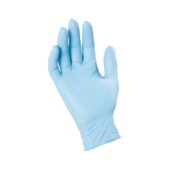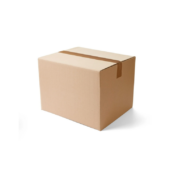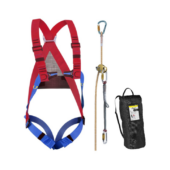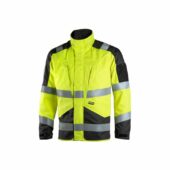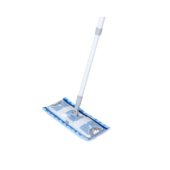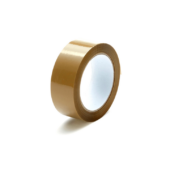Facing cold and unpredictable construction site conditions demands the perfect winter work jacket to ensure your safety, warmth, and productivity.
In this guide, we promise to provide you with all the tools and knowledge needed to confidently choose the ideal jacket for your needs.
Drawing on expert advice and proven insights, this article addresses every crucial aspect of selection—from insulation and durability to fit and functionality.
Plus, we’ll prepare you for what comes next: pairing your jacket with complementary winter gear like gloves and footwear to stay fully protected.
Key Features to Look for in a Winter Work Jacket for Construction
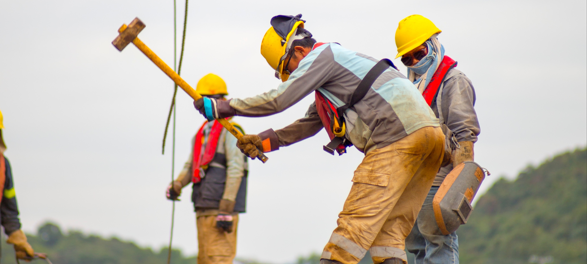
1. Insulation and Warmth
A well-insulated jacket is essential for maintaining body heat in cold environments. Consider:
- Material: Choose between down and synthetic insulation. Down provides superior warmth, while synthetic is moisture-resistant and easier to maintain.
- Weight: Look for a balance—light enough for mobility but heavy enough to retain warmth.
Learn more about insulation types in our Insulation Types in Winter Work Jackets: Down vs. Synthetic.
2. Weather Resistance
A quality jacket ensures comfort and protection against wind, rain, and snow. Ensure your choice has:
- Waterproof or water-resistant coating: Look for jackets with a high waterproof rating (e.g., 10,000 mm or more) and test by observing if water beads off the surface during light rain.
- Windproof fabric: Check for tightly woven materials or layers specifically labeled as windproof. Performing a basic wind test by holding the fabric against a fan can give you an idea of its effectiveness.
- Taped seams: Verify that all seams are sealed to prevent water ingress, especially at stress points like shoulders and sleeves.
3. Durability
Construction sites demand clothing designed to endure heavy use while providing comfort and reliability. Opt for jackets made with rip-resistant fabrics like Cordura or reinforced polyester blends. This ensures longevity despite wear and tear.
4. Safety Features
High-visibility materials and reflective strips promote safety by increasing your visibility in challenging lighting environments. Additionally, jackets that meet EN 342:2017 standards for cold-weather protection provide added reliability. Learn more about EN Standards from this guide in Wikipedia.
5. Functional Design
Look for:
- Multiple pockets to store tools and essentials
- Adjustable cuffs and hems for a snug fit
- Removable hoods for versatility
How to Choose the Right Fit
A well-fitting jacket ensures both comfort and functionality. Use this sizing chart as a reference:
| Metric Size | Chest (cm) | Waist (cm) | Recommended Fit |
| S | 86-92 | 74-80 | Slim |
| M | 93-100 | 81-88 | Regular |
| L | 101-108 | 89-96 | Loose |
| XL | 109-116 | 97-104 | Oversized |
Top Materials for Construction Winter Jackets
- Polyester with PU Coating: Water-resistant and durable
- Nylon Blends: Lightweight yet tough
- Wool-Lined Jackets: Excellent for insulation
Learn more about material choices in our sibling article Layering 101: How to Wear Your Work Jacket for Maximum Warmth.
Pairing Your Jacket with Other Winter Workwear
To stay fully protected on-site, combine your jacket with other essential winter workwear:
- Winter Work Gloves: Insulated gloves not only keep your hands warm but also improve grip, enabling safer handling of tools in icy conditions.
- Winter Safety Shoes: These shoes ensure secure footing and warmth, even in the coldest conditions.
- Winter Work Pants: Reinforced trousers protect your legs from wind and cold, maintaining mobility without compromising warmth.
- Winter Overalls: Overalls offer comprehensive coverage, shielding your body from drafts and allowing for layered protection.
For detailed buying advice, check out our guides:
Recommended Winter Work Jacket Styles
1. Parkas
- Long and insulated
- Great for extreme cold
- Example: EN 342:2017 compliant jackets
2. Softshell Jackets
- Lightweight and flexible
- Ideal for mild winters
3. High-Visibility Jackets
- Bright colors with reflective strips
- Essential for low-light conditions
Browse our collection of Winter Work Jackets to find the perfect style for your needs.
Care and Maintenance Tips
Keep your jacket in top condition for years by following these care tips:
- Wash regularly with a mild detergent to remove dirt and grime.
- Reapply waterproofing treatments as needed.
- Store properly in a dry, cool place during off-seasons.
Conclusion
We hope this guide has empowered you to confidently select the perfect winter work jacket for construction, balancing insulation, durability, safety, and fit.
Your protection doesn’t end there—pair your jacket with essential gear like winter work gloves and safety shoes for complete cold-weather readiness.
For additional insights and expert tips, explore our Comprehensive Guide to Choosing Work Jackets for Winter. And as you tackle winter’s challenges, we’re here to assist with your next need—ensuring your workwear remains dependable, safe, and suited for every task. Stay warm, stay safe!
Frequently Asked Questions
Heated jackets use battery-powered heating elements and are generally safe with proper care. They’re pricier and require battery maintenance. Traditional insulated jackets cost less and need less upkeep, making them a dependable option for most worksites.
Layer strategically. Use a moisture-wicking base layer, a removable mid-layer (like fleece), and a jacket with vents or zippers for quick adjustments. This setup lets you easily adapt to temperature swings.
Choose women-specific designs with adjustable features at the waist and cuffs. Make sure you can move your arms freely and have room for layers underneath.
Breathability helps prevent sweat buildup, keeping you dry and warm. Many modern jackets feature membranes (e.g., Gore-Tex) that are both waterproof and breathable, giving you protection from external moisture without trapping perspiration.
Yes. Reapply waterproof coatings when water stops beading on the fabric, typically every few months or after multiple washes. Follow product guidelines to maintain your jacket’s effectiveness.




